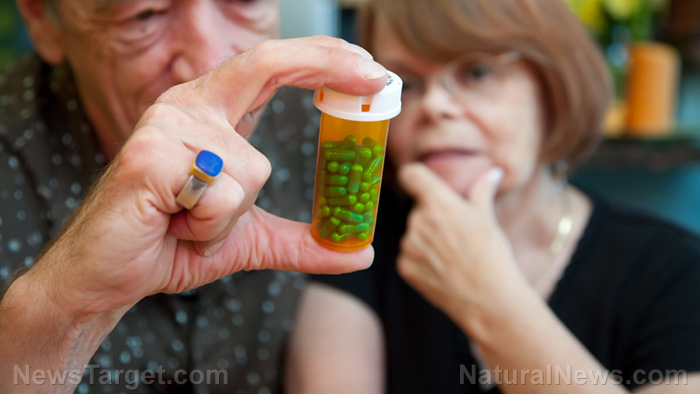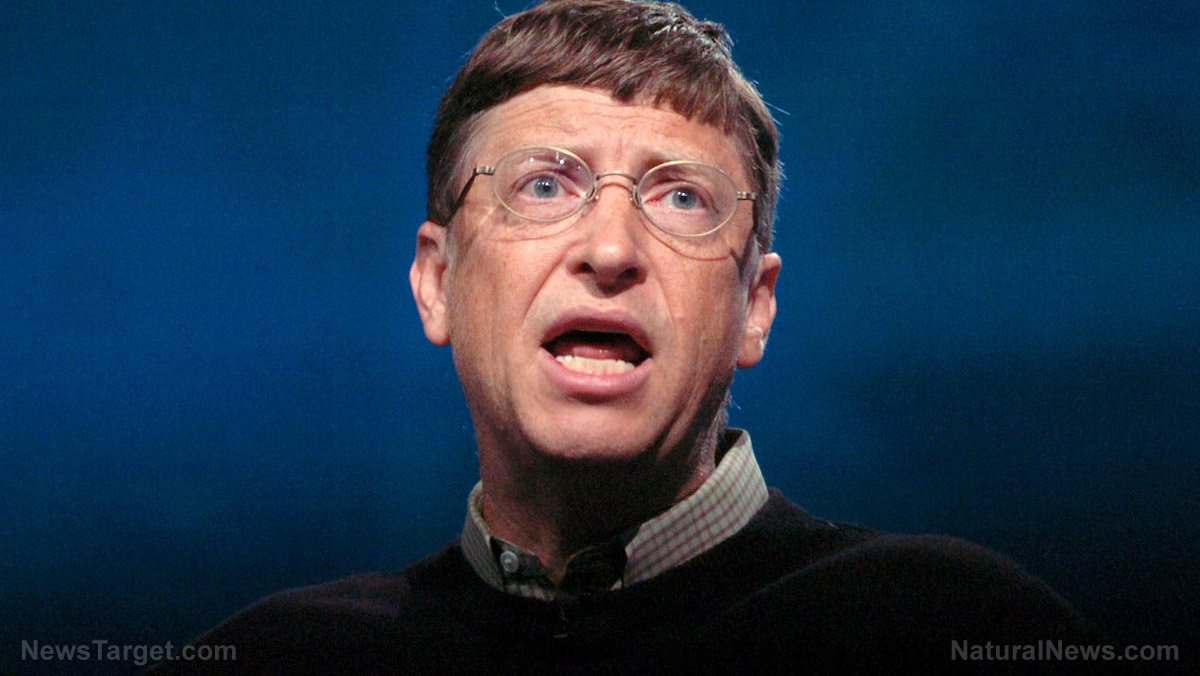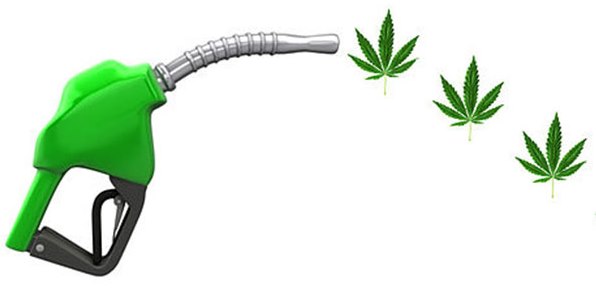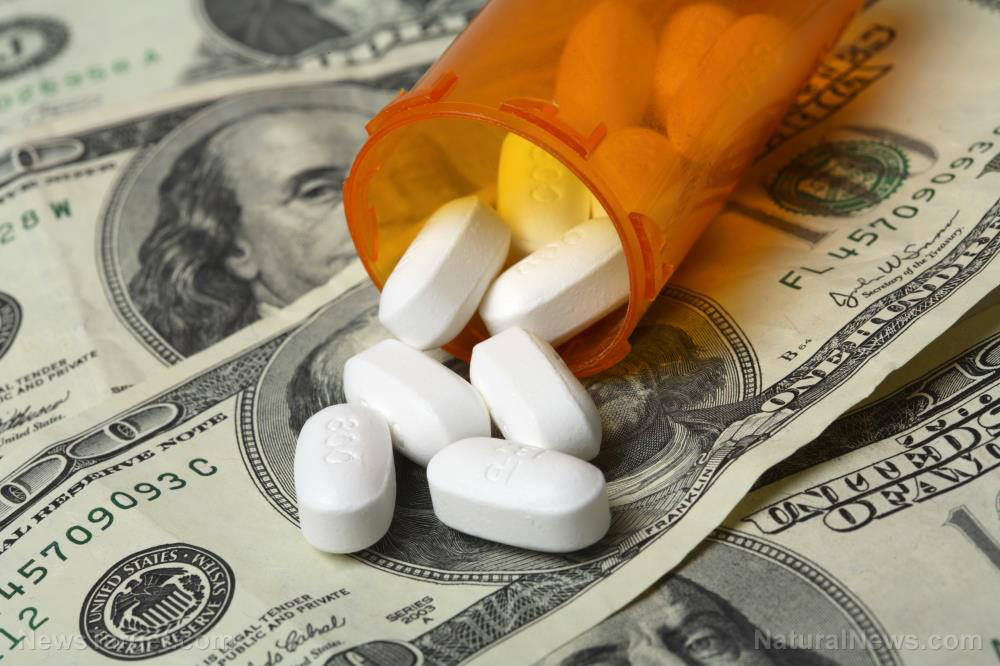Opioids becoming drug of choice at raves and electronic dance clubs
05/18/2018 / By Jessica Dolores

Besides their children’s obsession with computers, some modern-day parents must deal with another, deadlier form of addiction that may be manipulating their offspring: the overuse of opioids.
A new study by the Center for Drug Use and HIV/HCV Research (CDUHR) at New York University Rory Meyers College of Nursing concluded that one in 10 electronic dance music (EDM) party goers have misused opioids and took them in doses that surpassed the national average.
The study’s lead author, CDUHR researcher Joseph Palamar, Ph.D. explained that he and his team knew that EDM partygoers were at high risk for club drugs, but they wanted to know the exact extent to which one type of drug, opioids, which doctors prescribe to relieve pain and fight a cough, are misused in the said settings.
During the summer of 2017, Palamar and his group studied 954 people aged 18 to 40 who were about to join EDM parties in nightclubs and dance festivals in New York City. The researchers asked them about the use of 18 opioids like OxyContin, Percocet, Vicodin, codeine, fentanyl, and heroin, for non-medical purposes.
The researchers revealed that nearly a quarter (23.9 percent) of EDM partygoers used opioids for non-medical purposes. One out of 10 (9.8 percent) did so in the past year. This is higher than the national prevalence of past-year use of around four percent among people 18 years old and above. Five percent of the respondents admitted misusing opioids in the past month.
The most frequently used opioid was OxyContin, followed by Vicodin, Percocet, codeine, and Purple Drank, a.k.a. Sizzurp or Lean (which usually has codeine syrup). Fifteen percent snorted opioids while 11 percent injected them, leading to a dramatic rise in addiction and overdose.
Cigarette smokers or those who take other drugs (including amphetamine, methamphetamine, and cocaine) were more prone to opioid misuse. Those who took benzodiazepines such as Xanax for non-medical purposes were the most likely to misuse opioids. In fact, they admitted using various kinds of these drugs.
The study did not determine if the various drugs were taken at the same time, but research has shown that users of benzodiazepines and prescription opioids usually combine them to enhance the experience.
A survey of people who took opioids showed that three out of four (73.6 percent) are willing to use these drugs again if a friend offered it to them. Nearly nine out of 10 Purple Drank users said they would use it again if a friend urged them to.
The numbers are substantially low among non-users, only 5.7 percent of whom said they would take the drugs if someone asked them to.
The use of opioids has soared in the U.S. It has become the driving force in a resurgence of heroin use, plus the prevalence of HIV and Hepatitis C. In 2016, around 11.5 million Americans misused prescription opioids, and 1.8 million had grown addicted to the drug.
The dangers
What makes opioids the drugs of choice for treating pain also makes them dangerous. Low doses induce drowsiness, sedation, and euphoria. The euphoric feeling can be so pleasurable the person gets hopelessly hooked on the drug.
Higher doses of these drugs, which derive their name from a chemical found in the sap of the opium poppy, can lead to more alarming results. The interaction of opiates in the body and in the brain can lead to addiction in just a number of days. The person can become paranoid. His breathing and heart rate can slow down until they grind to a halt and cause death.
Scary as this sounds, opioid consumption persists, and addiction is threatening young people’s lives. There are many rehabilitation centers that offer various kinds of treatment. But prevention is still the key. Perhaps it’s about time schools, concerned drug companies, government, and non-profit groups join hands to fight this scourge before it ruins more lives.
Sources include:
Tagged Under: addiction, Benzodiazepines, codeine, dance clubs, drug addiction, drug scene, drugs at parties, EDM, Heroin, OcyContin, opiates, opiods, opioid addiction, opioid crisis, painkillers, party drugs, Percocet, prescription opioids, Purple Drank, rave music, Vicodin




















